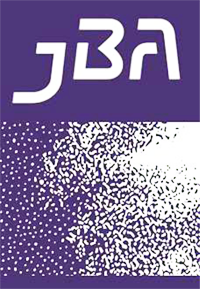“Calling it a Crisis”: Modes of Creative Labour and Magic in an Elite Architect Company
DOI:
https://doi.org/10.22439/jba.v4i2.4891Keywords:
Organizations, creativity, architects, magic, downsizing, flexibilityAbstract
In recent years we have seen a resurfacing of magic as an analytical category in anthropological literature, with particular emphasis on modern forms of occultism and witchcraft. Magic has yet to prove itself a useful analytical tool within the anthropology of organizations, and this article aims at understanding everyday work processes through the concepts of myth and magic. The discussion is based on empirical data from an internationally acclaimed architect company based in Norway, with a particular focus on a period of downsizing in the aftermath of the global financial crisis in 2008. The architects try to uphold an egalitarian, social-democratic ideology of creativity within a capitalist system and make use of a range of magical practices in order to succeed. The article shows how narrative flexibility transforms the brutality of downsizing into a mode of creative labour, and concludes that the internal dynamic between risk taking and risk reducing is inherent in both magical practices and capitalist systems.Downloads
Published
2015-11-13
Issue
Section
Articles
License
Authors who publish with this journal agree to the following terms:
- Authors retain copyright and grant the journal right of first publication with the work simultaneously licensed under a Creative Commons Attribution License that allows others to share the work with an acknowledgement of the work's authorship and initial publication in this journal.
- Authors are able to enter into separate, additional contractual arrangements for the non-exclusive distribution of the journal's published version of the work (e.g., post it to an institutional repository or publish it in a book), with an acknowledgement of its initial publication in this journal.
- Authors are permitted and encouraged to post their work online (e.g., in institutional repositories or on their website) prior to and during the submission process, as it can lead to productive exchanges, as well as earlier and greater citation of published work (See The Effect of Open Access).



